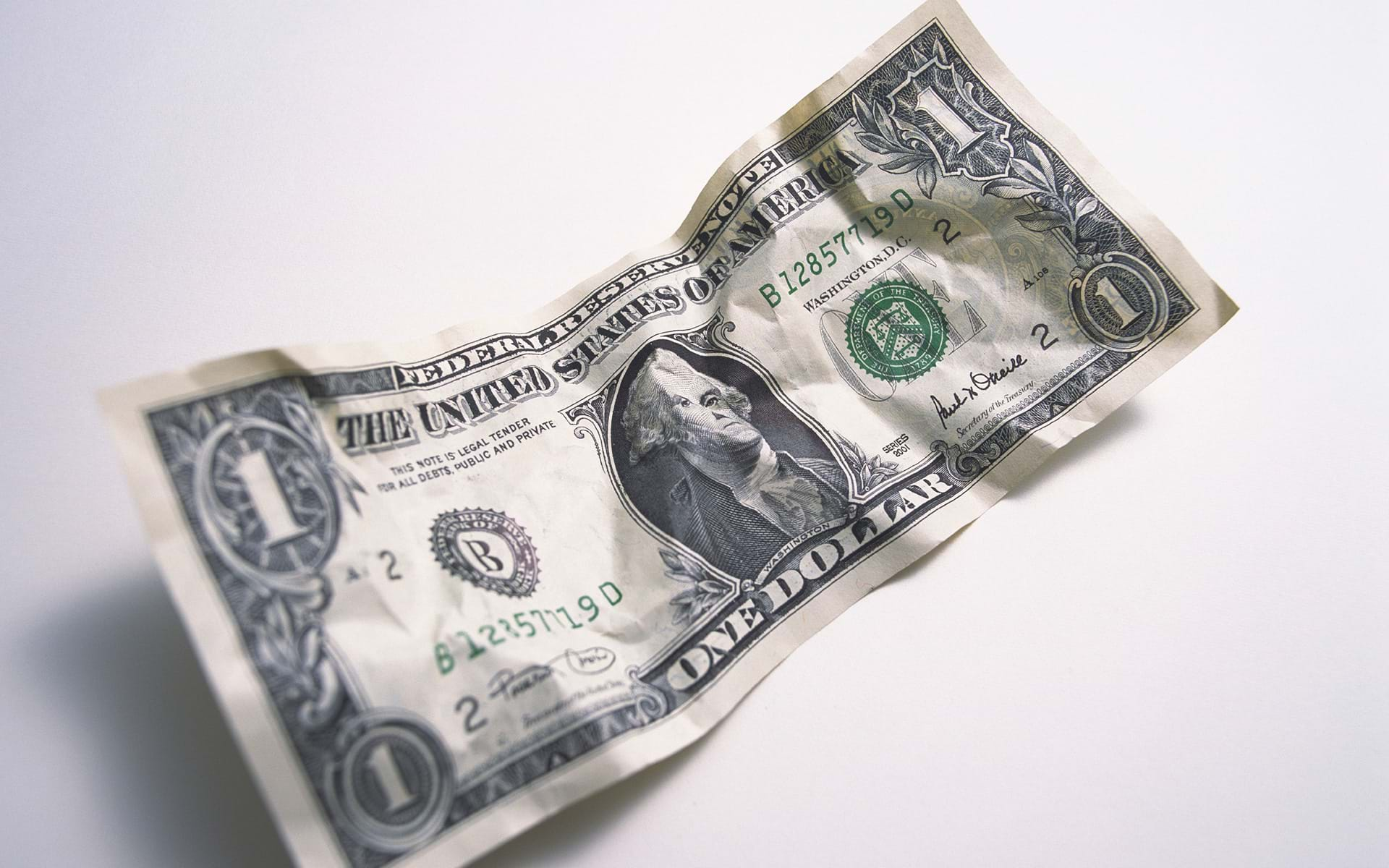You may hear a lot about initial public offerings of stock in the news, as technology companies have recently grabbed headlines with large share price gains in their first day of trading. Initial public offerings may seem exciting; but what are the historical returns on initial public offerings?
What is an Initial Public Offering (IPO)?
An IPO is a private company’s first sale of stock to the public, which occurs when shares are listed on a public exchange. You may have heard how wealthy some people have become after they bought IPO shares of Walmart or Intel. And before the technology bubble burst in the late 1990s, many investors thought that you could not lose money buying internet IPOs. Moreover, the media often portrays an IPO as a chance to get in on the ground floor of an investment; but you should realize that IPOs are not always as good as they seem.
One important aspect of an IPO that is seldom emphasized is that in order for shares to be sold to the public, private owners must first be willing to sell their stake in the company. Do you really want to buy what private owners — those with a thorough, inside understanding of their company’s business — are so eager to sell? Is it possible that they know more about the company than you do?
What Returns Have IPOs Generated?
Of course, you probably hear a lot about successful IPOs. A thousand dollars invested in Walmart stock when it went public in 1970 would have grown to more than one and a half million dollars by the end of 2003. While those returns are impressive, you cannot expect every IPO to be as lucrative as Walmart’s.
The fact of the matter is that buying an IPO is a lot more like playing the lottery than investing in a sure thing. When you play the lottery, the odds are that you will not win; but, if you do, the payout can be big. On the other hand, if your goal is to outperform broad stock market benchmarks, a lot more IPOs will work against you than work for you.
One of the most comprehensive studies of IPO returns was conducted by Jeremy Siegel at the Wharton School at the University of Pennsylvania. His study examined the IPO returns of nearly 9,000 stocks that went public since 1968. The study assumed that each stock was bought at either the offer price or at the end of the first month of trading, and was then held until the end of 2003. The findings may shock you, as IPOs were found to underperform the market by an average of two to three percent per year, with four out of five IPOs underperforming a small cap stock index. Of the four out of five that underperformed, half of them underperformed by more than 10 percent per year, more than a third underperformed by more than 20 percent per year, and approximately one in six underperformed by more than 30percent per year! While those odds may not be as bad as playing the lottery, they are certainly much worse than most other investments.
The deck is stacked against investors in IPOs. Measuring returns through 2003 on a portfolio that buys an equal dollar amount of every IPO in each year going back to 1968, you will find that in 29 out of the 33 years between 1968 and 2000 this IPO portfolio underperforms a small cap index. Even during banner years like 1986 when Microsoft, Oracle, Adobe, and Sun Microsystems went public, the IPO portfolio barely outperformed the small cap stock index. Indeed, for every IPO success story, there are many more that have underperformed.
The data also suggests that a “hot” IPO market with a lot of new issues often indicates a bubble. For example, 1980 was the year that the oil bubble burst; and it was a year that saw 37 IPOs for oil and gas extraction companies. It was also the worst year on record for IPO performance, with not a single IPO keeping pace with the performance of a small cap stock index. In fact, 24 of the 37 IPO companies were eventually delisted because they either liquidated or went bankrupt. Yet, the following year saw 54 more IPOs for oil and gas companies, and not a single one kept pace with the small cap stock index. Eventually, 35 of these 54 IPOs from 1981 were delisted.1 Is it any surprise that the vast majority of internet company IPOs during the late 1990s performed poorly?
When a particular segment of the IPO market gets “hot” — like oil and gas in the early 1980s, or internet stocks in the late 1990s — returns usually suffer. Warren Buffet’s mentor, Ben Graham, once said, “Most new issues are sold under favorable market conditions, which means favorable for the seller and less favorable for the buyer.” When a company offers shares to the public, the company’s owners are selling. And if the people with the most at stake, the owners, are willing to sell, you need to ask yourself if you should be buying.
Historically, IPOs have been very profitable for both entrepreneurs and the investment bankers who “float” the sale; but they have not been profitable for investors. Partly this is due to the asymmetry of information that favors sellers over buyers; but predicting the future income of a new company is also fundamentally more difficult than assessing the future for an established company. Yet, investors continue to exhibit a tendency to overpay for something that is new and exciting. Does this mean that you should never buy an IPO? Of course not, but you do need to remember that a good business is only a good investment if it is fairly priced relative to its income, growth and risk. So before you consider purchasing the shares of the next “hot” IPO, pay close attention to the price you are paying. If you are interested in an IPO, but are not well-versed in fundamental security analysis, consider finding a financial planner who can objectively evaluate the IPO’s valuation.
1 Jeremy Siegel, The Future for Investors (Crown Business, 2005)
FPA member David Zuckerman, CFP®, CIMA®, is Principal and Chief Investment Officer at Zuckerman Capital Management, LLC in Los Angeles. He serves as Director of Public Relations for the Los Angeles chapter of the Financial Planning Association.



















